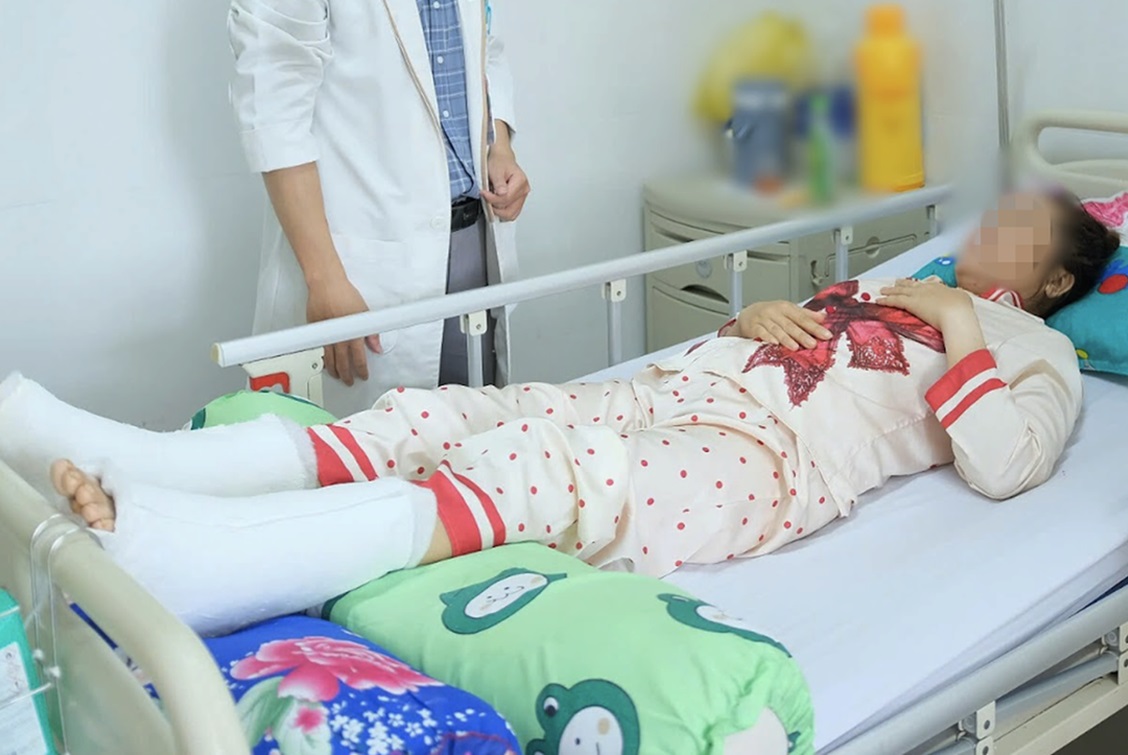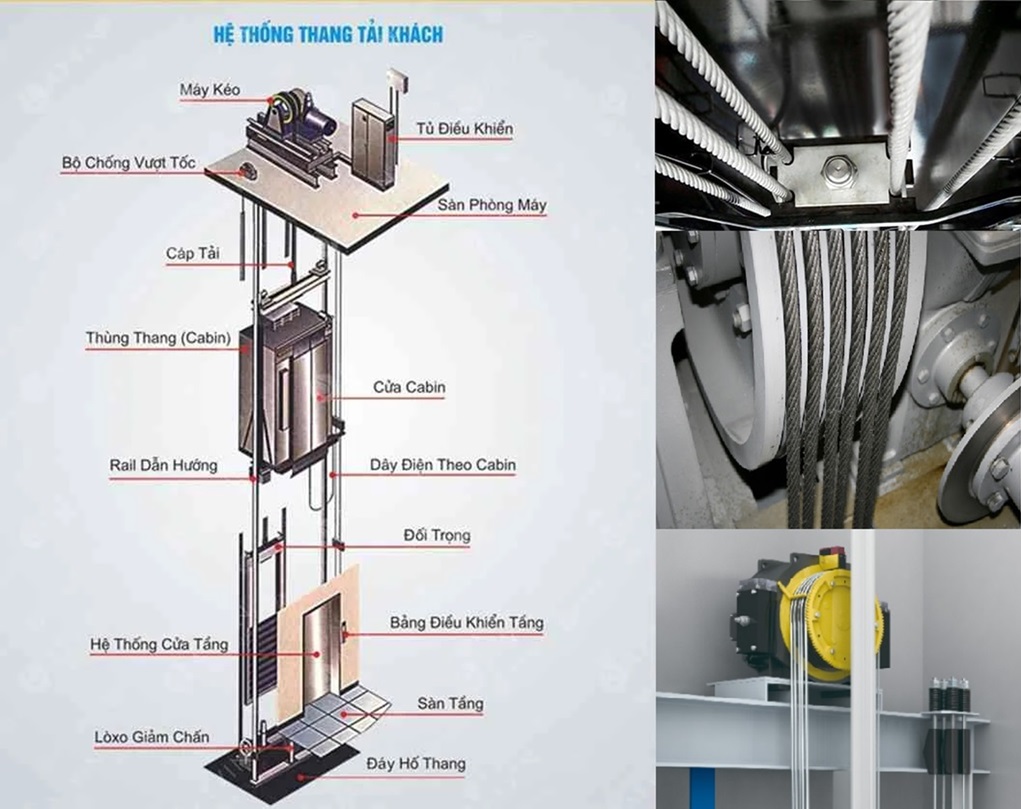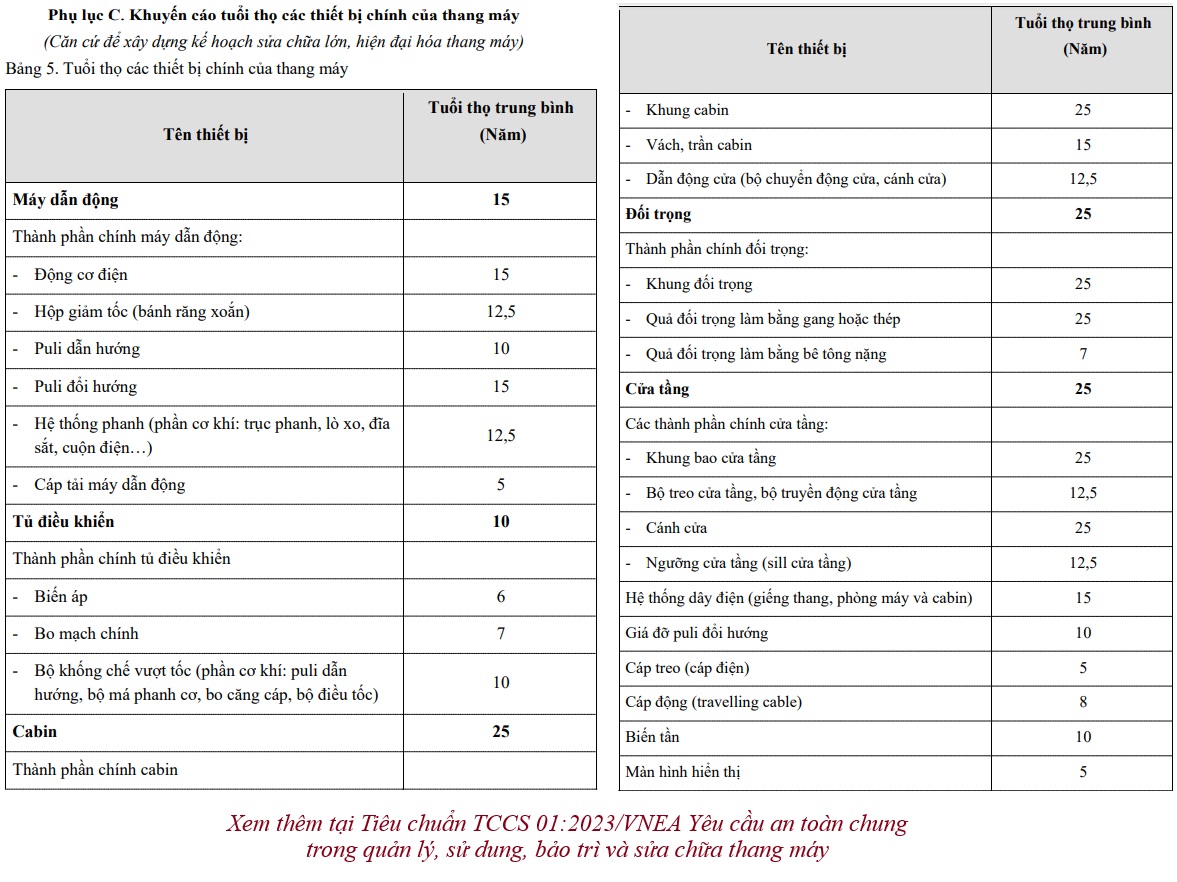EM – A 39-year-old woman from Go Dau District, Tay Ninh Province, sustained a spinal fracture and bilateral heel fractures after the elevator she was in plunged from a height of approximately four meters.
On the afternoon of July 16, Xuyen A General Hospital in Tay Ninh reported receiving a female patient with severe injuries to the chest, lower back, and both heels. The incident occurred when the elevator’s cable system broke, causing the cabin to fall abruptly from about four meters above the ground.
Upon arrival at the Emergency Department, the patient was immediately examined and underwent MSCT imaging. Results showed a type C L1 vertebral fracture, fractures of the right L1 and left L2 transverse processes, along with bilateral calcaneal fractures.
Dr. Ho Hoai Hung, a neurosurgery specialist and head of the department, said the patient suffered major trauma with a high risk of spinal instability and potential spinal cord injury, which could lead to lower limb paralysis or loss of bowel and bladder control if not promptly treated.
Following a multidisciplinary consultation, doctors performed minimally invasive spinal surgery to place pedicle screws in the lumbar spine. The surgery, which lasted over an hour, was successfully carried out by Dr. Hung and a surgical team in collaboration with the Department of Anesthesiology and Resuscitation. The patient later underwent additional surgery to reconstruct both heel bones, performed by the Orthopedic Trauma team.
One day post-operation, the patient was alert and experienced significant pain relief, with mild mobility regained. By the seventh day, her condition had stabilized with no signs of infection or complications. She is now undergoing physical therapy to restore movement and return to normal daily activities.

The patient is gradually recovering following surgery. (Photo: Hospital)
According to experts from the Institute of Elevator Applied Engineering, the recent elevator accident in Tay Ninh was a serious incident that once again underscores the critical importance of adhering to safety regulations in elevator operation and maintenance. Modern elevators are engineered with multiple safety layers specifically designed to prevent free-fall scenarios:
– Hoist Ropes: An elevator car is typically suspended by 4 to 6 high-tensile steel ropes—not just a single one. Each rope has a load-bearing capacity that significantly exceeds the rated load of the elevator. This means that even if one or two ropes fail, the remaining ropes can still support the elevator car safely.
– Overspeed Governor and Safety Gear: This is the most crucial safety system designed to activate when the elevator exceeds its rated speed. The overspeed governor detects abnormal speed and triggers the safety gear on both sides of the car, clamping tightly onto the guide rails to bring the car to a safe stop.
– Electromagnetic Brake System: Mounted on the traction machine, this brake system prevents the car and counterweight from moving when the elevator is at a landing. If the brake pads become worn, it can lead to cabin slippage or unintended movement—posing a serious safety risk.
– Buffer System: Located at the bottom of the elevator shaft, buffers are designed to absorb energy and reduce impact in the rare event that the car descends to the pit. However, this is considered a last-resort safety mechanism—the primary design objective is to prevent the car from reaching the buffer zone in the first place.
This incident serves as a stark reminder that elevator safety must never be compromised, and regular inspections, proper maintenance, and strict compliance with technical standards are essential to ensuring safe operation.

Standard elevator cars are typically suspended by 4 to 6 robust hoist ropes. It is extremely unlikely for all of these ropes to fail simultaneously.
Free-fall in an elevator can only occur if all hoist ropes, including the governor rope, are severed. Such a scenario is exceedingly rare and would generally require catastrophic events such as earthquakes, tsunamis, or bomb explosions to occur.
The elevator accident in Tay Ninh, in which the car reportedly fell freely from a height of four meters and caused severe injuries, indicates a serious failure in the elevator’s safety systems. This suggests that safety mechanisms either did not function as intended or were disabled. One likely cause is the lack of proper preventive maintenance, which may have rendered critical monitoring and protective features inoperable at the time of the incident.
Additionally, key components and equipment may have exceeded their service life without timely detection or replacement. The hoist ropes, for instance, could have suffered from wear, partial fraying, or loss of tensile strength. To ensure maximum passenger safety, it is essential to conduct routine maintenance in accordance with established protocols and replace worn or aged components on schedule.
Regular inspection and compliance with maintenance standards are vital for preserving the integrity of the elevator system and preventing similar incidents from occurring.

Illustrations of Damaged Hoist Ropes: (a) Normal; (b) Severed Rope; (c) Worn; (d) Deformed (Strand Breakage); (e) Corroded; (f) Fatigue Failure (Fracture due to Fatigue).
Each elevator component – especially load-bearing and safety-critical parts such as hoist ropes, sheaves, brake pads, and overspeed governors – has a recommended service life. Extending the use of these components beyond their rated lifespan to cut costs significantly increases the risk of failure and compromises safety.
Preventive repair and major overhaul planning should be carried out based on the manufacturer’s guidelines, which typically include service life recommendations for various parts and components.
In cases where the manufacturer does not provide such information, the repair and replacement plan must follow Appendix B of TCCS 01/2023/VNEA – Safety Requirements for Elevator Management, Use, Maintenance, and Repair, which specifies the recommended service life for fast-wearing elevator components.

For example, according to TCCS 01/2023/VNEA, the average service life of traction machine hoist ropes is specified as 5 years; the guide sheave has a service life of 10 years; and the deflector sheave, 15 years.
Similarly, for certain fast-wearing components in elevators, the recommended replacement intervals include: door safety contacts after 36 months, brake pads after 60 months, and landing sensors after 36 months.

Reference TCCS 01/2023/VNEA Safety Requirements for the Management, Use, Maintenance, and Repair of Elevators here:



